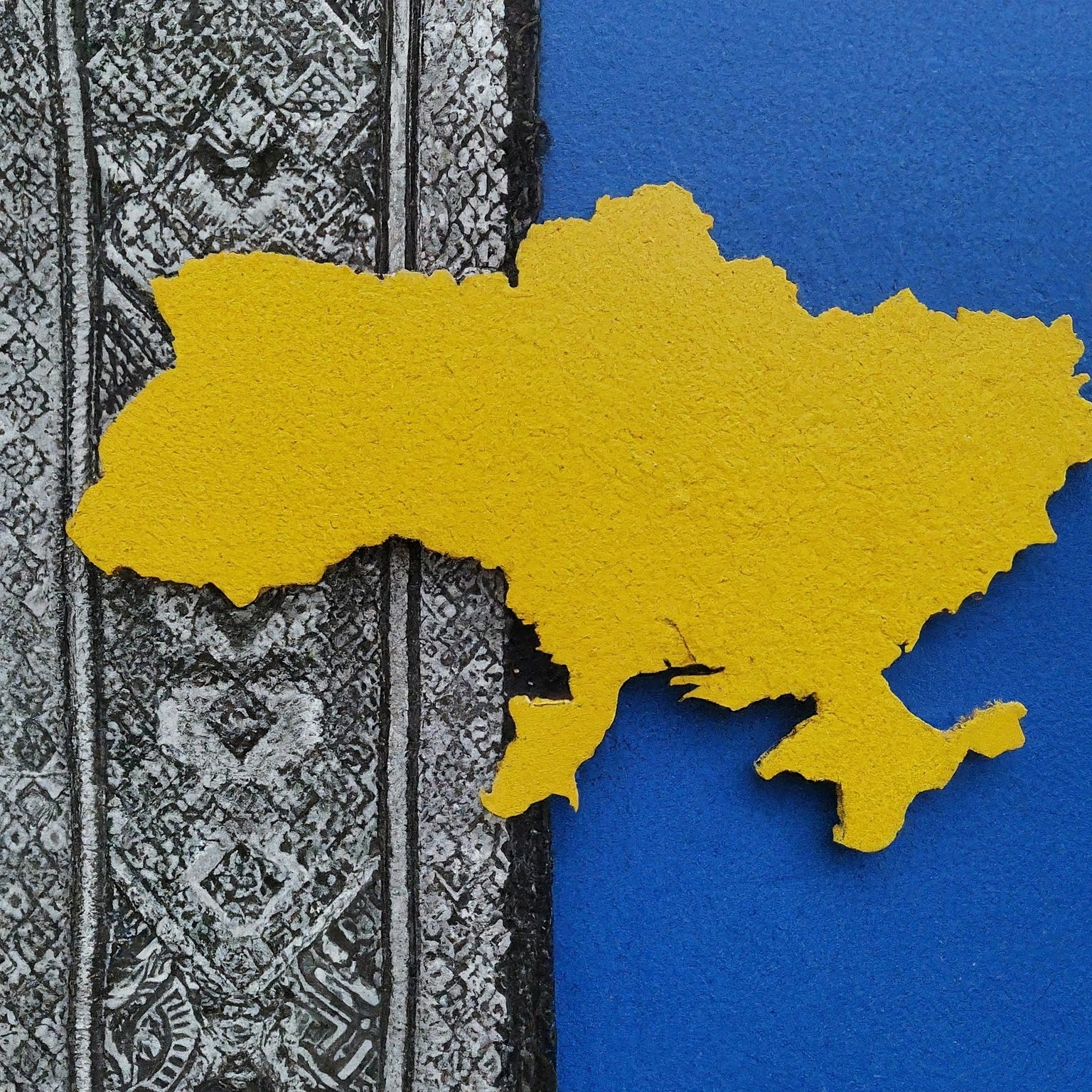The world of telecommunication is filled with hidden codes and protocols that quietly govern our daily interactions. One such code, often overlooked but crucial for international communication, is the calling prefix. This seemingly innocuous string of numbers plays a pivotal role in connecting us across borders and oceans.

The Calling Prefix Defined: Your Gateway to Global Conversations
In essence, a calling prefix (also known as an international access code, IDD code, or exit code) is a combination of digits dialed before a country code when making an international call. It serves as an indicator to the telephone network that the subsequent number is not a local one, but rather a destination in another country.
Think of it as a secret knock on a door – a specific sequence recognized by the system, allowing you passage into the realm of global communication.
The Importance of the Calling Prefix: Bridging Continents
While mobile phones have made international dialing more intuitive with the “+” symbol, calling prefixes remain relevant for landlines and certain mobile networks. Here’s why they matter:
- Distinct Identification: They prevent confusion between domestic numbers and international ones, ensuring your call reaches the right destination.
- Network Routing: They signal the network to route your call through international gateways and channels, enabling seamless cross-border connections.
- Global Standardization: The International Telecommunication Union (ITU) recommends “00” as the standard calling prefix, fostering consistency and ease of use across nations.
Variations in Calling Prefixes: A World of Numerical Diversity
While the ITU’s recommendation of “00” is widely adopted, different countries have their own variations:
- 00: Used by the majority of countries in Europe, Asia, Africa, and South America.
- 011: Employed in the North American Numbering Plan (NANP) countries, including the United States, Canada, and several Caribbean nations.
- Other Codes: Some countries use unique codes, like 010 in Japan or 0011 in Australia.
Important Note: When traveling, always confirm the local calling prefix to avoid failed or misdirected calls.
Evolution of the Calling Prefix: Adapting to the Digital Age
The advent of mobile phones and VoIP (Voice over Internet Protocol) has brought changes to the way we use calling prefixes.
- Mobile Networks: Most mobile networks automatically add the correct calling prefix when dialing internationally, often replacing it with the “+” symbol.
- VoIP Services: Many VoIP services handle international dialing seamlessly, eliminating the need for manual calling prefix input.
However, understanding the role of the calling prefix remains crucial, especially when using landlines or older mobile phones.
The Calling Prefix in the Future: A Legacy of Global Connection
As technology continues to evolve, the need for explicit calling prefix input might diminish. However, the underlying concept of signaling international intent will likely persist in some form.
The calling prefix, much like the unsung heroes of history, facilitates connections we often take for granted. It reminds us that behind every international conversation lies a complex network of systems working in harmony, bridging distances and fostering understanding.
Tips for Using Calling Prefixes:
- Check and Confirm: Verify the correct calling prefix for your destination country before dialing.
- Landline Usage: If using a landline, always dial the calling prefix before the country code.
- Mobile Phones: Use the “+” symbol for international dialing if your mobile network supports it.
- VoIP Services: Consult your VoIP provider’s instructions for international calling.
- Traveler’s Tip: When traveling abroad, familiarize yourself with the local calling prefix to avoid communication hiccups.
لا تعليق